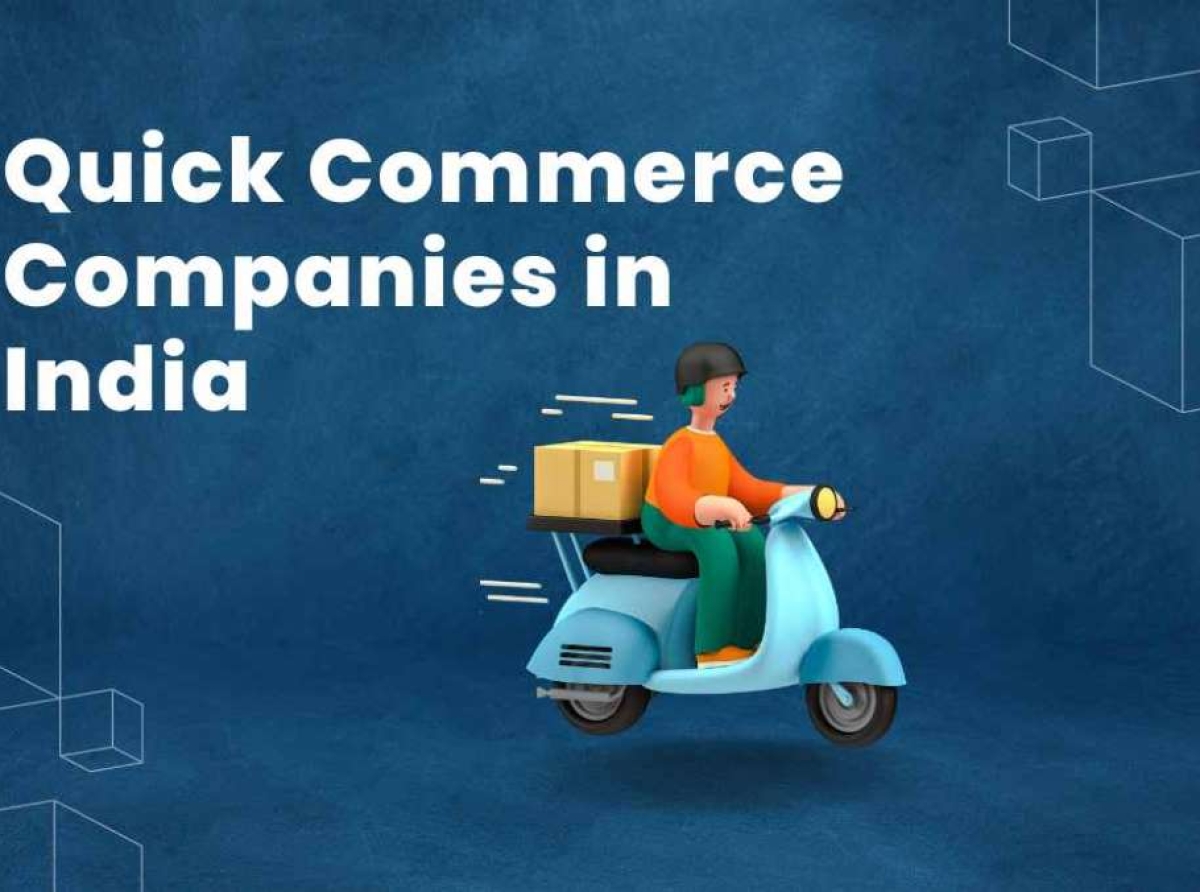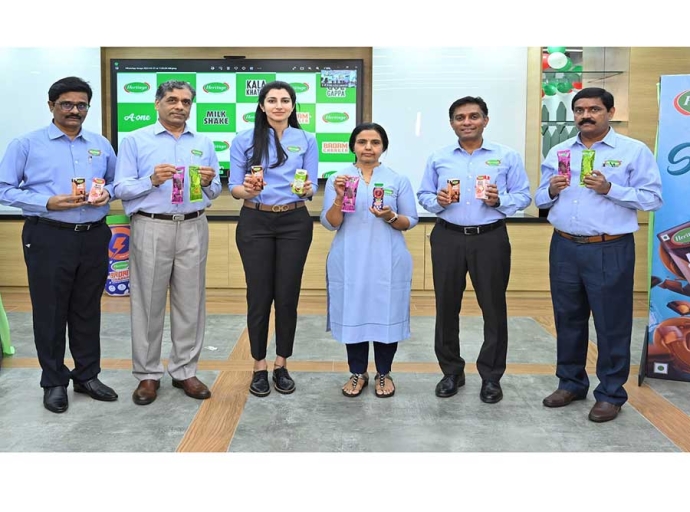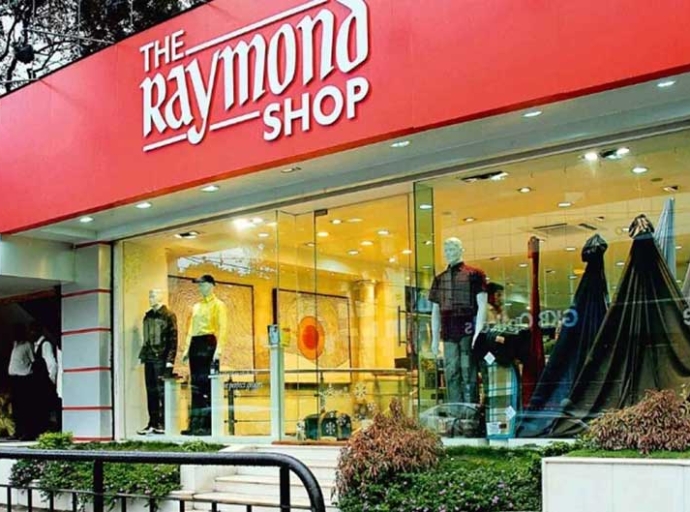Fast Fashion, Faster Delivery: Quick commerce shaping India's consumer landscape

In the fast-paced world of fashion, where trends shift as quickly as the seasons, Indian consumers are increasingly demanding instant gratification. The age-old adage "time is money" has taken on a new meaning, with the speed of delivery becoming a pivotal factor influencing buying behavior.
In fact, the demand for fast delivery is a global phenomenon. A 2023 study by MarketingProfs revealed almost 53 per cent shoppers have abandoned purchases due to slow delivery times. In India, this trend is particularly pronounced, pushed on by a burgeoning e-commerce market that was valued at $14 billion in 2023 and is projected to nearly reach $19 billion by 2030. A RedSeer report revealed the quick commerce market in India is expected to grow to $5.5 billion by 2025, with growing demand for rapid deliveries across various categories, including fashion.
While the terms ‘quick commerce’ and ‘fast delivery’ are often used interchangeably, there is a subtle difference. Fast delivery typically refers to deliveries within 1-2 days, while quick commerce promises delivery within hours, or even minutes. The latter is typically associated with smaller, high-frequency purchases like groceries and essentials.
Indeed, technology is playing a crucial role in enabling fast delivery. AI and Machine Learning technologies are used to predict demand, optimize routes, and streamline warehouse operations. Companies like Dunzo, Zepto, Instamart are leveraging hyperlocal networks to offer deliveries within hours, sometimes even minutes. And while still in its nascent stages, drone delivery holds immense potential for revolutionizing last-mile connectivity, especially in remote areas.
Fashion brands join quick commerce race
In their race to reach consumers quickly many brands are tying up with quick commerce players for faster delivery. Last week, US Polo Assn. (USPA), the official brand, has partnered with Zepto, to offer its exclusive fashion collection. Zepto, known for its 10-minute delivery service, is expanding its portfolio to include premium apparel, with USPA as the first major fashion brand to join the platform.
This partnership ushers in a new era for consumers, combining the convenience of shopping for everyday essentials like groceries and personal care items with the quick delivery of high-end international fashion — all in just minutes. Shailesh Chaturvedi, MD and CEO of Arvind Fashions says, “With US Polo Assn’s sporty coolness and Zepto’s rapid delivery, we are bringing a new level of accessibility and convenience to our customers. That’s such an exciting trend setting solution for modern day needs of our consumers.”
Similarly, Myntra, one of India's leading fashion e-commerce platforms, recognized the need for speed early on. Its 'M-Express' service promises delivery within 24-48 hours in select cities. The company reports a significant increase in customer satisfaction and repeat purchases since the launch of this service.
Challenges of fast delivery
While fast delivery is a boon for consumers, it presents significant challenges for businesses. Ensuring speedy delivery necessitates a robust logistics network and efficient last-mile connectivity. In a country as vast and diverse as India, this can be a daunting task. Maintaining adequate inventory to meet the demands of fast delivery requires sophisticated inventory management systems and real-time data analytics. Moreover expedited shipping often comes at a higher price tag, which can impact profits.
Despite these challenges, the demand for quick commerce in fashion is set to intensify in India, driven by changing consumer expectations and technological advancements. Retailers who can adapt to this new paradigm and provide seamless, speedy deliveries will thrive in this competitive landscape.
Latest Publications

































